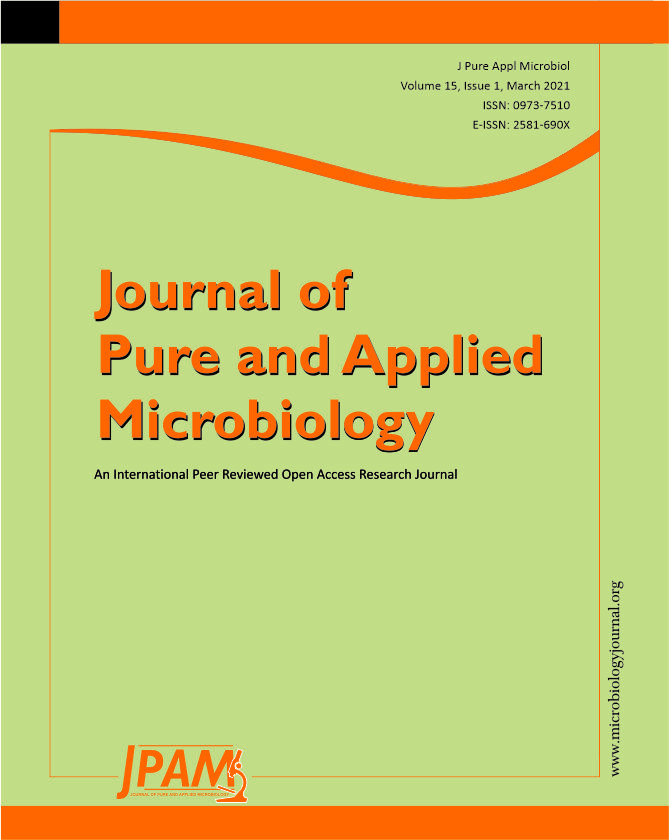The current investigation aims to test the susceptibility of human pathogenic clinical isolates and MTCC strains to leaf and seed extracts of Terminalia catappa and Nigella sativa. Disc diffusion assay, micro dilution assay and minimum Bactericidal Concentration investigated the susceptibility of bacteria to the test extracts. The active extract was subjected to phytochemical screening, separation of the phytochemicals by Thin Layer Chromatography, bioactivity guided assay and Time- kill assay. Acetone and methanol extracts of T.catappa revealed, significant inhibition of clinical origin Staphylococcus aureus followed by Proteus vulgaris and the MTCC strains Staphylococcus aureus, Salmonella typhi, Pseudomonas aeroginosa and Bacillus subtilis. Nigella sativa inhibited the growth of clinical origin Staph.aureus and MTCC strain of Staph.aureus, Salmonella typhi and B.subtilis. Minimum inhibitory concentration for all the test bacteria was reported in the range of 5000μg/ml to 9 μg/ml in T. catappa extract. Most sensitive being the clinical isolate Staph. aureus and Proteus vulgaris. The bactericidal concentration for the test bacteria was found to be between 5000μg/ml and 625μg/ml. Phyto-chemical analysis of leaf extracts of T. catappa found to have dominated by polyphenols (Terpenoids, steroids, flavonoids, flavones, saponins and tannins) and N.sativa extracts recorded the presence of alkaloids, proteins and oils and fats. TLC profiling of the acetone extract revealed many antibacterial active bands. Bands having Retention factor 0.47 and 0.52 were active against the test bacteria. Time kill assay of the acetone extract of T. catappa were carried out for the first time. The extract exhibited dose dependent bactericidal and bacteriostatic activity against the clinical isolates.
Combretaceae, Terpenoids, Polyphenols, Thymoquinone, Bioautography, Time- kill assay
© The Author(s) 2021. Open Access. This article is distributed under the terms of the Creative Commons Attribution 4.0 International License which permits unrestricted use, sharing, distribution, and reproduction in any medium, provided you give appropriate credit to the original author(s) and the source, provide a link to the Creative Commons license, and indicate if changes were made.


